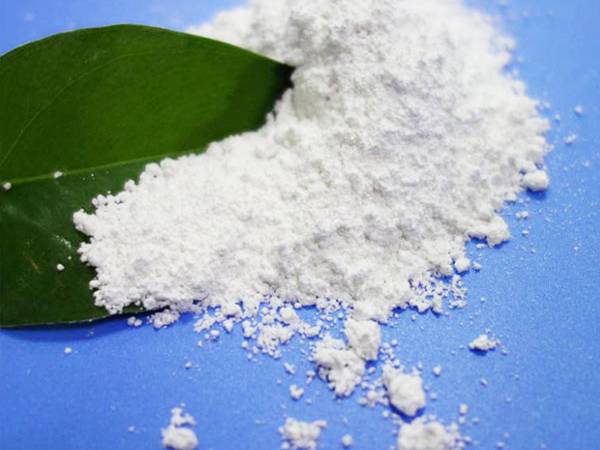



Safety Data Sheet for Sodium Sulfide Overview and Key Information
Understanding the Safety Data Sheet (SDS) for Sodium Sulphide
Sodium sulphide (Na2S) is an inorganic compound commonly utilized in various industries, including paper manufacturing, textile processing, and water treatment. Understanding the safety and handling precautions associated with sodium sulphide is crucial for ensuring the safety of employees and the environment. The Safety Data Sheet (SDS) for sodium sulphide serves as an essential resource in this regard.
What is Sodium Sulphide?
Sodium sulphide typically appears as a yellow to red crystalline solid. It is highly soluble in water, producing an alkaline solution. Sodium sulphide is primarily used in the production of other chemicals, the recovery of metals, and in the treatment of wastewater. However, its handling demands careful consideration due to its hazardous nature.
Importance of the SDS
The Safety Data Sheet for sodium sulphide provides a comprehensive overview of the compound's properties, hazards, and safe handling procedures. The importance of the SDS lies in the fact that it conveys vital information for workers who might come into contact with sodium sulphide, as well as for emergency responders in case of accidental exposure or spillage.
Key Sections of the SDS
1. Identification This section includes the product name, synonyms, recommended uses, and supplier information. It is essential for ensuring that the correct substance is being handled and understood.
2. Hazard Identification Sodium sulphide is classified as hazardous, with potential health risks upon exposure. Inhalation of dust or vapors can cause respiratory issues, while skin contact may lead to irritation or burns. This section indicates warning symbols and phrases that clearly communicate the risks involved.
sodium sulphide sds

3. Composition/Information on Ingredients The SDS outlines the chemical composition of sodium sulphide, indicating that it consists primarily of sodium and sulphur. This information is vital for understanding potential reactions with other substances.
4. First-Aid Measures Prompt and effective first-aid procedures are crucial in an emergency. The SDS provides guidelines on actions to take in case of exposure, such as rinsing eyes with water or seeking immediate medical attention for ingestion.
5. Fire-Fighting Measures While sodium sulphide is not flammable, it can produce toxic gases when involved in a fire. The SDS includes recommendations for suitable extinguishing agents and protective equipment for firefighters, helping ensure a coordinated response to fire incidents.
6. Handling and Storage Proper handling and storage practices are essential to minimize risks. The SDS advises keeping sodium sulphide in tightly closed containers, stored in a cool, dry, and well-ventilated place away from incompatible materials. Workers should use appropriate personal protective equipment (PPE) such as gloves and safety goggles when handling the substance.
7. Exposure Controls/Personal Protection This section details exposure limits and suggests methods for monitoring exposure in the workplace. The use of local exhaust ventilation and PPE is particularly emphasized to reduce inhalation risks.
8. Stability and Reactivity Sodium sulphide is generally stable, but the SDS flags potential reactions with acids, which may release toxic hydrogen sulphide gas. Awareness of these reactivity issues is critical for safe usage.
Conclusion
The Safety Data Sheet for sodium sulphide is an indispensable tool that ensures safe handling and emergency preparedness. By providing essential information regarding hazards, first-aid measures, and proper handling techniques, the SDS helps protect workers, the public, and the environment from the potential risks associated with sodium sulphide. Organizations handling this compound should diligently consult and follow the guidelines laid out in the SDS to promote a safe working environment. Regular training and awareness programs based on the SDS can significantly enhance workplace safety regarding sodium sulphide and other hazardous materials.
-
Why Sodium Persulfate Is Everywhere NowNewsJul.07,2025
-
Why Polyacrylamide Is in High DemandNewsJul.07,2025
-
Understanding Paint Chemicals and Their ApplicationsNewsJul.07,2025
-
Smart Use Of Mining ChemicalsNewsJul.07,2025
-
Practical Uses of Potassium MonopersulfateNewsJul.07,2025
-
Agrochemicals In Real FarmingNewsJul.07,2025
-
Sodium Chlorite Hot UsesNewsJul.01,2025










